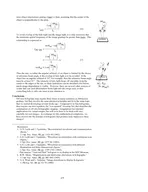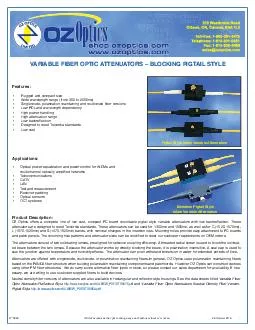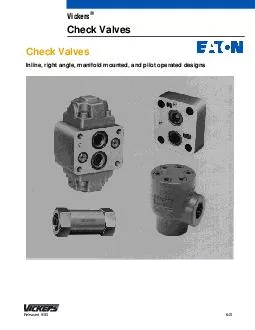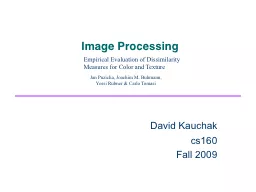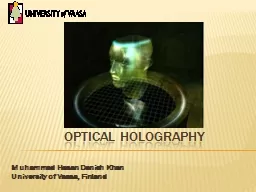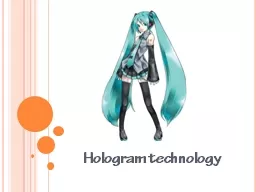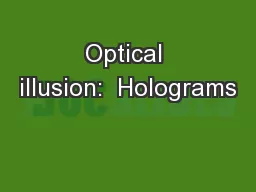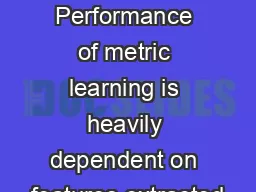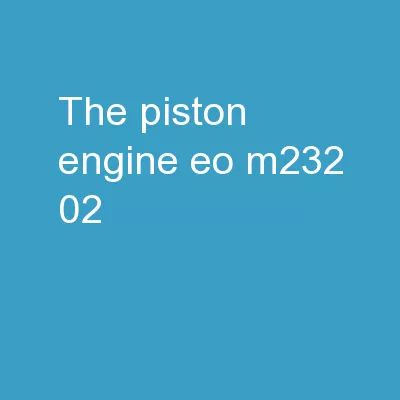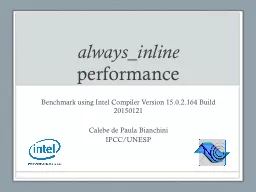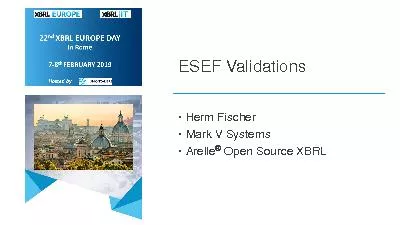PDF-Chapter OffAxis Leith Upatnieks Holograms Many of the shortcomings of inline Gabor holograms
Author : sherrill-nordquist | Published Date : 2014-12-16
These discoveries were made by Emmett Leith and Juris Upatnieks working at the Radar and Optics Lab of the University of Michigans Willow Run Laboratories They were
Presentation Embed Code
Download Presentation
Download Presentation The PPT/PDF document "Chapter OffAxis Leith Upatnieks Hologr..." is the property of its rightful owner. Permission is granted to download and print the materials on this website for personal, non-commercial use only, and to display it on your personal computer provided you do not modify the materials and that you retain all copyright notices contained in the materials. By downloading content from our website, you accept the terms of this agreement.
Chapter OffAxis Leith Upatnieks Holograms Many of the shortcomings of inline Gabor holograms: Transcript
Download Rules Of Document
"Chapter OffAxis Leith Upatnieks Holograms Many of the shortcomings of inline Gabor holograms"The content belongs to its owner. You may download and print it for personal use, without modification, and keep all copyright notices. By downloading, you agree to these terms.
Related Documents

